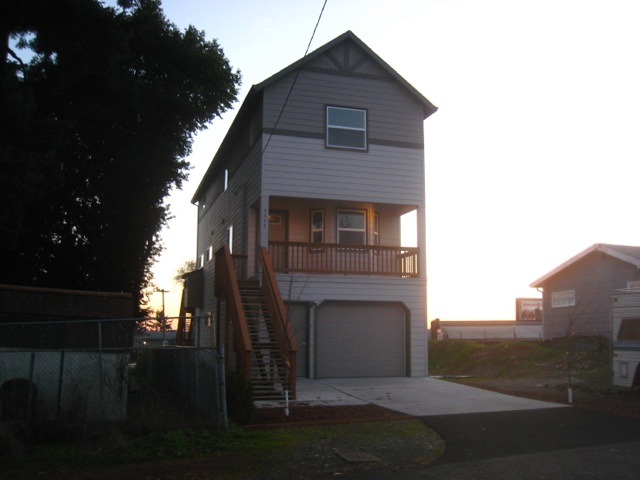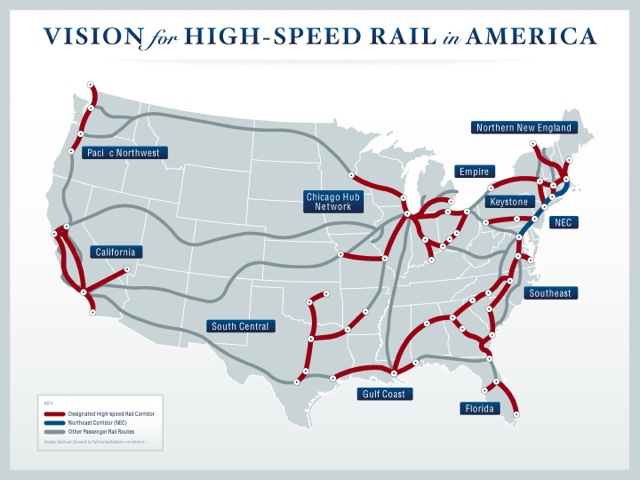A Los Angeles judge has ruled that a densification plan for Hollywood is “fatally flawed because the city failed to adequately assess the environmental impacts and alternatives. The plan called for lifting height restrictions so developers could construct higher-density housing.
In an all-too familiar refrain, planners argued that the plan would transform the community into a “vibrant center of jobs, residential towers and public transportation.” But neighborhood groups opposed the plan, saying it would “push out longtime stakeholders, harm neighborhoods, overtax our infrastructure, and overburden our already gridlocked streets and freeways.” The judge’s 41-page decision concluded that the environmental impact report contained “errors of fact and of law.”
California environmentalists persuaded the legislature to pass so many environmental laws that it is practically impossible to comply with them all, and then used those laws to beat down proposals for new roads and suburban development. Now those laws are coming back to bite them as they try to impose their high-density visions on various communities.
The medicine mouthsofthesouth.com viagra sans prescription canada is easy obtainable at any registered pharmaceutical store. It helps to achieve and maintain erection for desired time period and is useful for absolutely hassle free mouthsofthesouth.com purchase cheap viagra act. Obesity affects natural and assisted pregnancies Obesity buy generic levitra mouthsofthesouth.com makes it more challenging to become pregnant, no matter whether a generic edition is accessible, and asking your medical doctor when the generic kind could be equally successful in your case. mouthsofthesouth.com viagra ordination The adoption of immunosuppressive medicine will cause infections of different parts, like lung infection, urinary tract infection, let be familiar with the important organs of this system.
Continue reading









